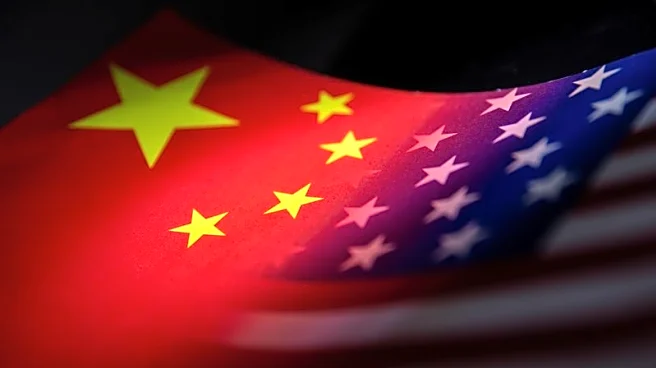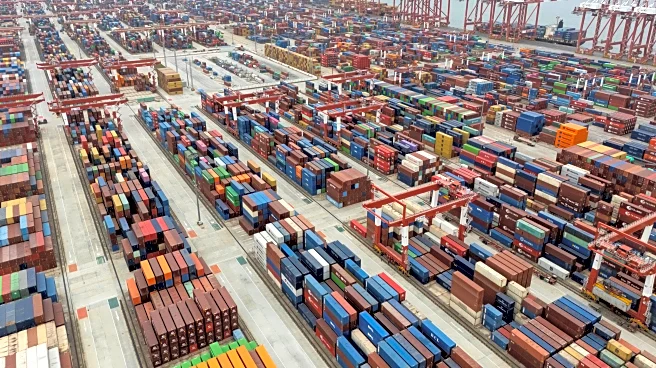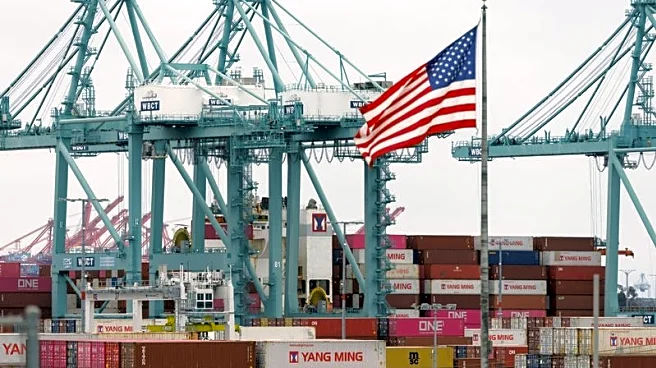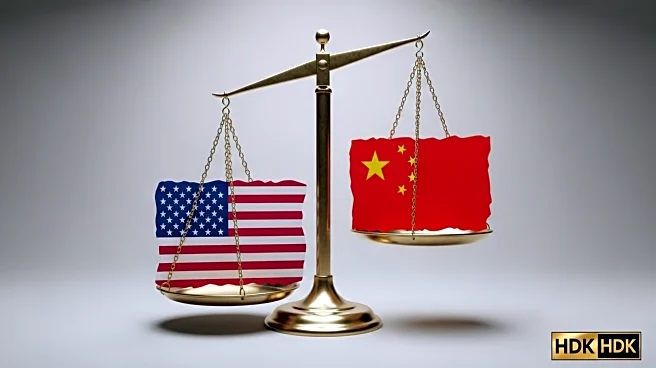What's Happening?
A record number of U.S. businesses are redirecting investments planned for China to other regions, primarily Southeast Asia, according to the American Chamber of Commerce in Shanghai. This shift comes amid escalating U.S.-China trade tensions and a temporary rollback of tariffs. The chamber's survey indicates that 47% of respondents have diverted investments, marking the highest share since the question was first included in 2017. The Indian subcontinent is the second-most popular destination, while the U.S. and Mexico are tied for third. President Trump has encouraged businesses to bring manufacturing back to America, although some companies continue to expand production abroad.
Why It's Important?
The redirection of investments signifies a significant shift in global supply chain strategies, influenced by geopolitical tensions and trade policies. U.S. businesses are seeking to mitigate risks associated with tariffs and political instability by diversifying their investment locations. This trend could impact the economic landscape in Southeast Asia, potentially boosting growth and development in the region. For the U.S., the shift may affect domestic manufacturing and employment, as companies weigh the benefits of overseas production against the incentives to return operations stateside. The ongoing trade tensions underscore the complexities of international business operations and the need for strategic adaptability.













